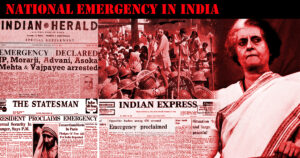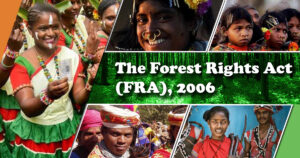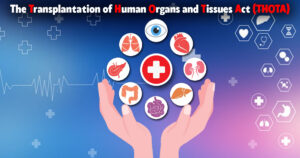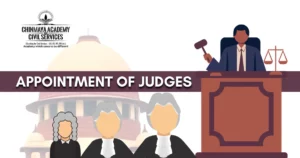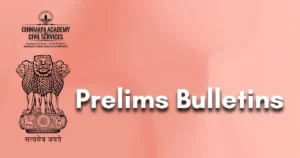Skip to content
Malnutrition – cause, impact and initiatives
NPS Scheme for informal sector workers
Menstrual Leave Policy in India
National Emergency in India
Emergency Provisions in India
The Panchayat (Extension to Scheduled Areas) Act 1996
GREAT Scheme for textile sector in India
Plight of Delivery Workers in India’s Gig Economy: A Call for Systemic Reform
The Forest Rights Act (FRA), 2006
The Prevention of Sexual Harassment (PoSH) Act
Pradhan Mantri Awas Yojana (PMAY)
The Transplantation of Human Organs and Tissues Act (THOTA)
INDOSRI LANKA agreement on 1974
Industrial Alcohol -Centre and State Laws for its Regulation
Securing Our Future: Recognizing the Vital Role of the National Disaster Resource Fund
Evaluating the Efficacy and Sustainability of National AIDS Control Program (NACP): A Comprehensive Review



